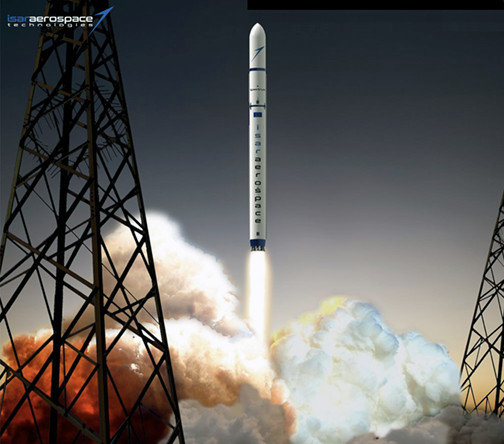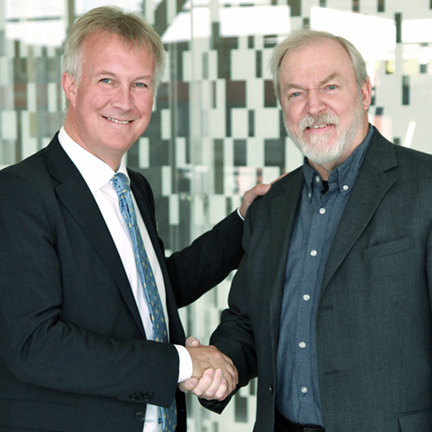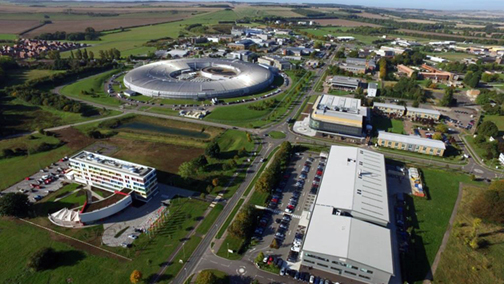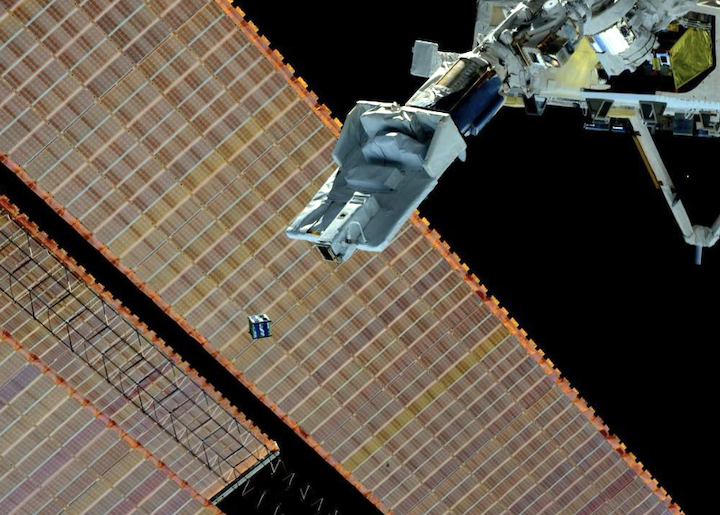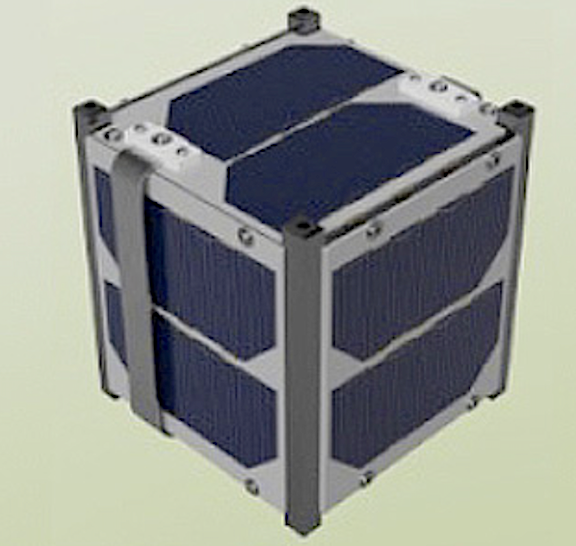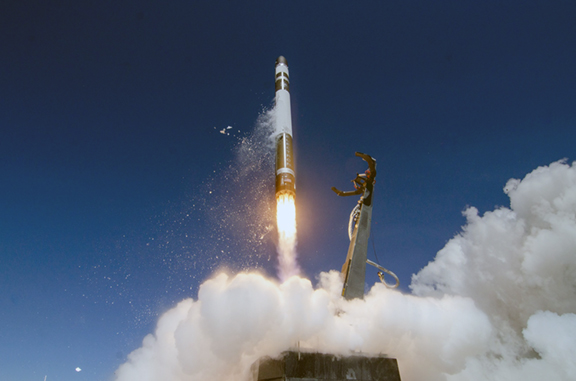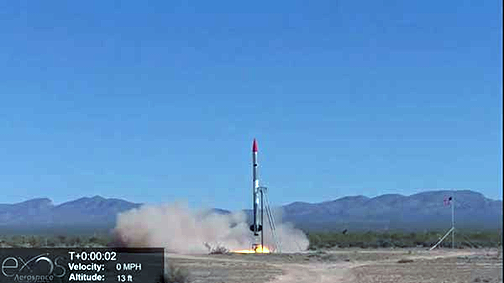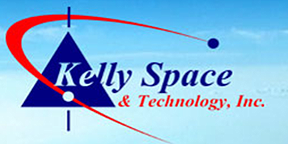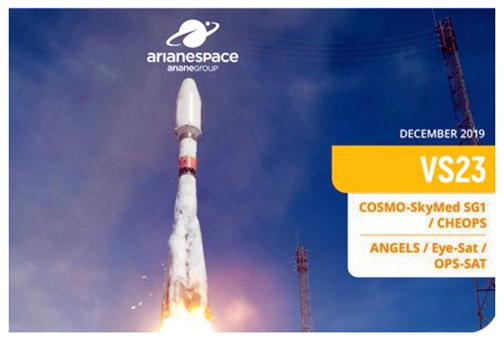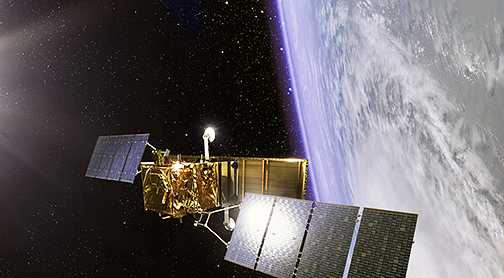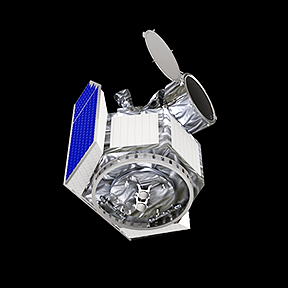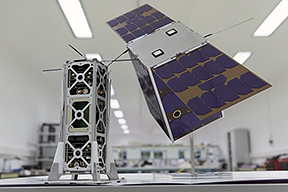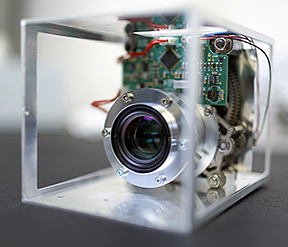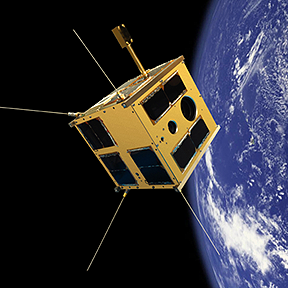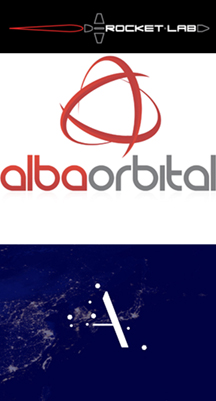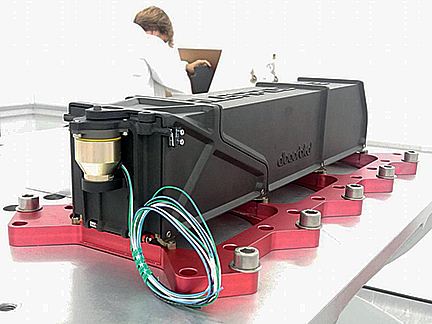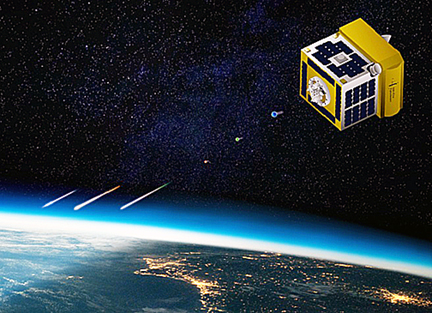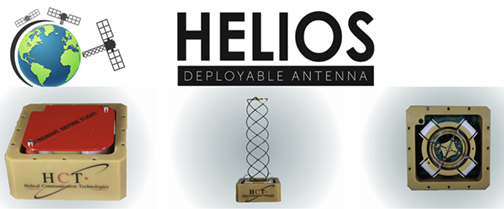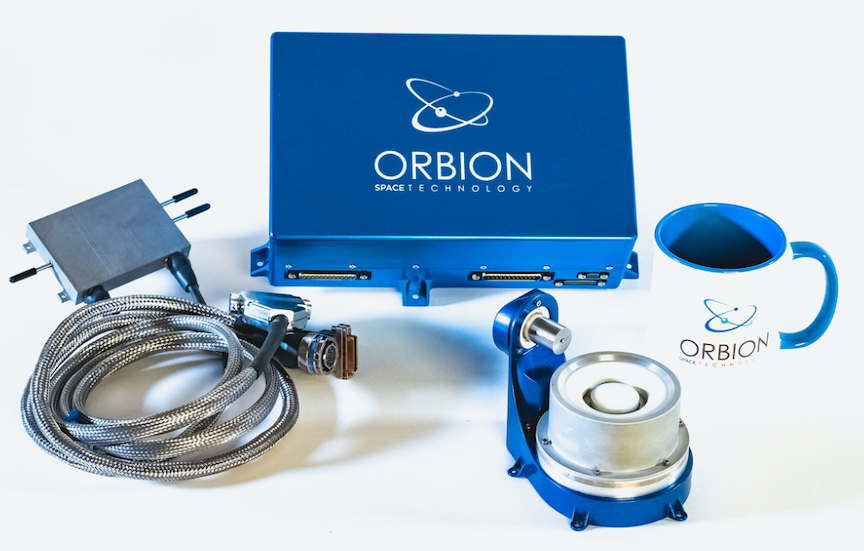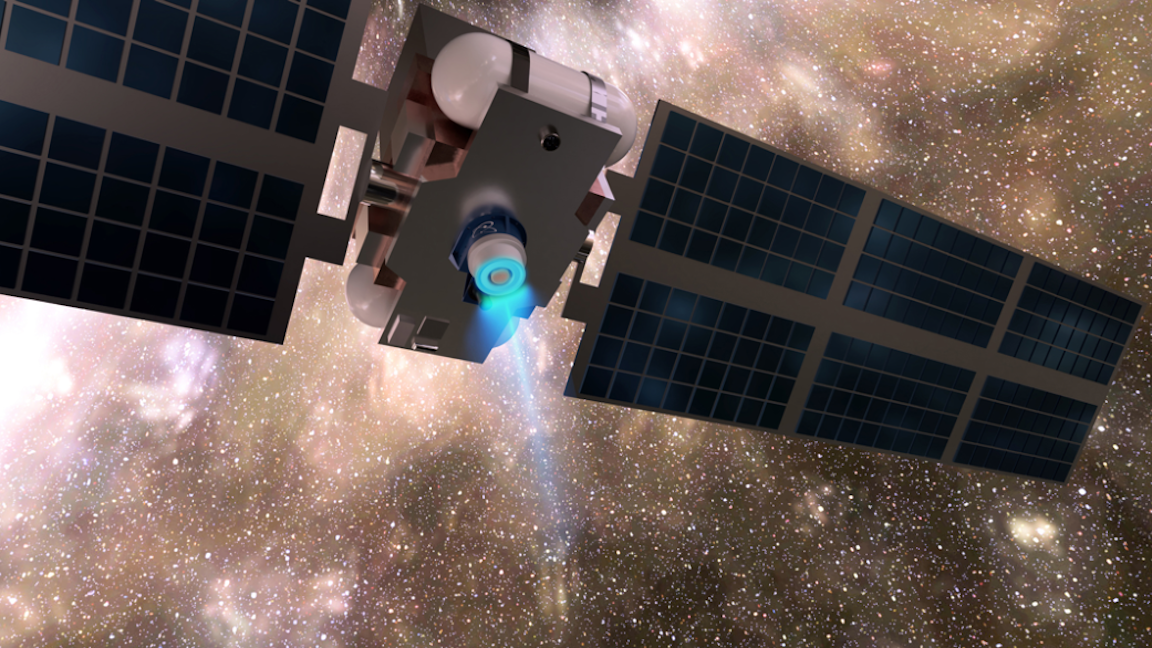
Spaceflight successfully executed nine missions during 2019, the most rideshare launches the company has performed in a single year, representing a 300 percent growth from the previous year.
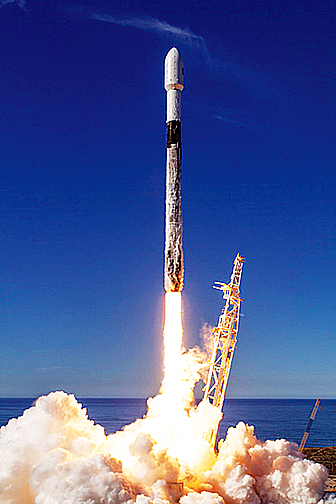
The Spaceflight SSO-A mission aboard a SpaceX Dragon launch vehicle.
The company ended last year with its historic dedicated rideshare mission, SSO-A, and continued to execute many more firsts during 2019. This includes the most recent accomplishment of manifesting and managing three rideshare launches in one week on three continents.
The final missions of 2019 were SEOPS-2 (ISS SpX-19/NG-12) launched in the U.S., RL-2 (Rocket Lab’s “Running Out of Fingers”) launched in New Zealand, and PSLV-C48 launched in India.
The nine missions in 2019 were executed across four different launch vehicles, including the ISRO PSLV, SpaceX Falcon 9, Rocket Lab Electron and Northrop Grumman Cygnus. Spaceflight managed the launch and integration services of nearly 50 spacecraft from customers in Japan, Israel, Switzerland, Egypt, Australia, Mexico and the U.S., representing both commercial and government organizations, growing constellations, the first commercial lunar lander, technology demonstrations, university spacecraft, and more.
Other important milestones for Spaceflight during 2019 included:
- The first-ever rideshare mission to Geosynchronous Transfer Orbit (GTO), launching the first privately funded lunar lander, developed and operated by SpaceIL. (GTO-1)
- The execution of its first three missions with Rocket Lab, launching more than 10 customer spacecraft. (RL-1, RL-2, RL-4)
- The purchase of the first commercial launch of NSIL’s new small launch vehicle, SSLV, for a dedicated rideshare mission in 2020.
- Spaceflight’s first deployments with Hypergiant from the International Space Station. (SEOPS-1, SEOPS-2)
- Four launches across three continents in the span of 16 days. (PSLV C47, SEOPS-2, RL-2, PSLV C48)
For its achievements, both in 2019 and the record-breaking launch of SSO-A in 2018, Spaceflight and CEO Curt Blake received numerous industry awards and recognition. In 2019, Blake was selected as an Innovator of the Year by the Puget Sound Business Journal and named one of Seattle’s Most Influential People by Seattle Magazine.
Spaceflight was also awarded a Laureate for Launch Services in recognition of its pioneering work in bringing the rideshare business into the mainstream by Aviation Week.
During 2020, Spaceflight plans to manage approximately 10 rideshare missions across five different launch vehicles. The company anticipates reaching a cadence of monthly launches and remains dedicated to maximizing launch capacity on available missions and assisting its customers achieve their missions on time and on budget.
Curt Blake, CEO and President of Spaceflight, stated the firm’s team has supported a record number of missions, resulting in a busy and rewarding year. 2019 made it clear that the ‘new normal’ of rideshare is a high cadence of launches. With the variety and complexity of Spaceflight missions, the company has demonstrated its expertise and experience in mission management and integration services. Looking to the coming year, more launch vehicles will be added to the company’s portfolio to meet growing launch demand, while delivering increased launch flexibility through a breadth of launch options. Ultimately, Spaceflight aims to minimize the pain points of launch delays and ensure customers’ mission goals are achieved.
Robert Sproles, Director of Ground Stations and Launch at Spire Global, noted that Spaceflight continues to provide smallsat operators frequent access to space, proving the importance of rideshare in the space industry. Spaceflight’s diverse launch portfolio, depth of skills and knowledge and commitment to providing a first-class launch experience has helped many smallsat organizations such as Spire successfully achieve their missions.

